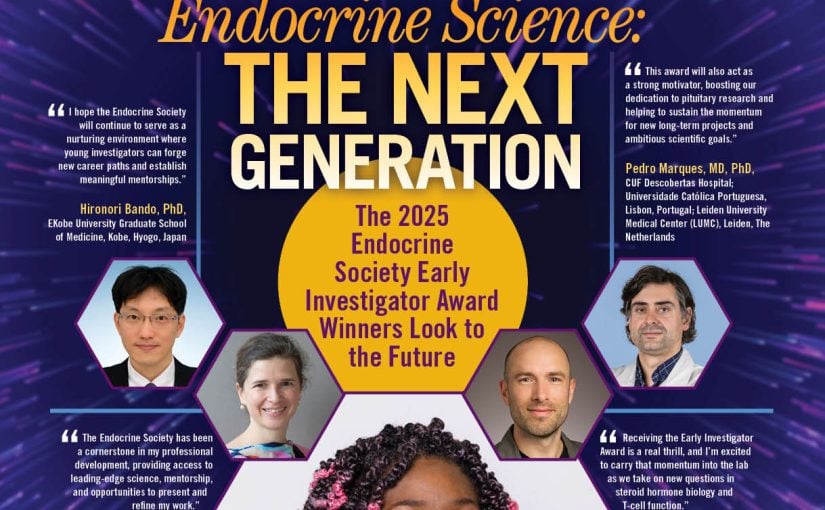Revolutionary artificial intelligence applications transform endocrine disease detection and management Attendees at ENDO 2025 in San Francisco were all buzzing about the Elangovan family of Houston, Texas. That’s because high school-aged siblings, Ramya and Kavin, were presenting their research into how artificial intelligence (AI) could change the way certain endocrine disorders were diagnosed and treated....
In the arena of endocrine research, high-tech tools are the new power players. In the ever-evolving landscape of endocrinology, the laboratory remains the engine of innovation. From uncovering new hormonal pathways to refining diagnostics and therapeutics, research labs are increasingly dependent on tools that offer speed, sensitivity, and scalability. In the complex environment of endocrine...
Every lab needs its cell samples to be as accurate as possible, and automated pipetting processes can help ensure maximum accuracy and repeatability when transferring fluids. Pipettes are a vital part of the endocrine lab – just like fume hoods and microscopes – but one pipette does not fit all. French chemist and microbiologist Louis...
New Study Makes Case for Culturing Embryos Up to Seven Days Post-Insemination for Selected Patients
Ending embryo culture at 144 hours (six days) post-insemination (h.p.i.) would involve 7.3 percent and 4.4 percent relative reductions in the number of patients obtaining euploid blastocysts and live birth(s) (LBs), respectively, according to a study published in Human Reproduction. The study results were announced recently by Fairtility, a company using artificial intelligence to enhance in...
Proper ventilation in a lab setting is key to ensuring the safety of all personnel, making the fume hood one of the most important pieces of safety equipment in the lab. Selecting the appropriate hood for your lab depends on many factors. The intended application will determine whether you can use a ductless fume...
As pediatric diabetes cases continue to rise, a number of manufacturers have created products that make managing the disease a little less scary for these younger patients. Pediatric diabetes is on the rise. While type 1 diabetes can develop at any age, it is most prevalent in children and teens – the average age of...
Ultralow temperature freezers aren’t just for lifesaving vaccines; they’re a common piece of equipment in most research labs. Endocrine News offers up a few tips on how to decide which ULT freezer is right for your laboratory. When the U.S. Food and Drug Administration (FDA) first approved the Pfizer-BioNTech COVID-19 vaccine, the application came...
- Endocrine News
- Bone and Mineral
- Product / Technology
- Products and Technological advancements in Endocrinology
Artificial Intelligence Improves X-ray Identification of Patients with Broken Bones
Artificial intelligence that can “read” electronic radiology reports and flag patients with broken bones who are at risk of osteoporosis outperformed the traditional manual method of health care professionals reading X-ray reports, a new study finds. The results were presented during a virtual news conference hosted by the Endocrine Society. The new search tool, called...

